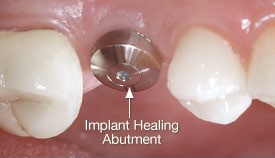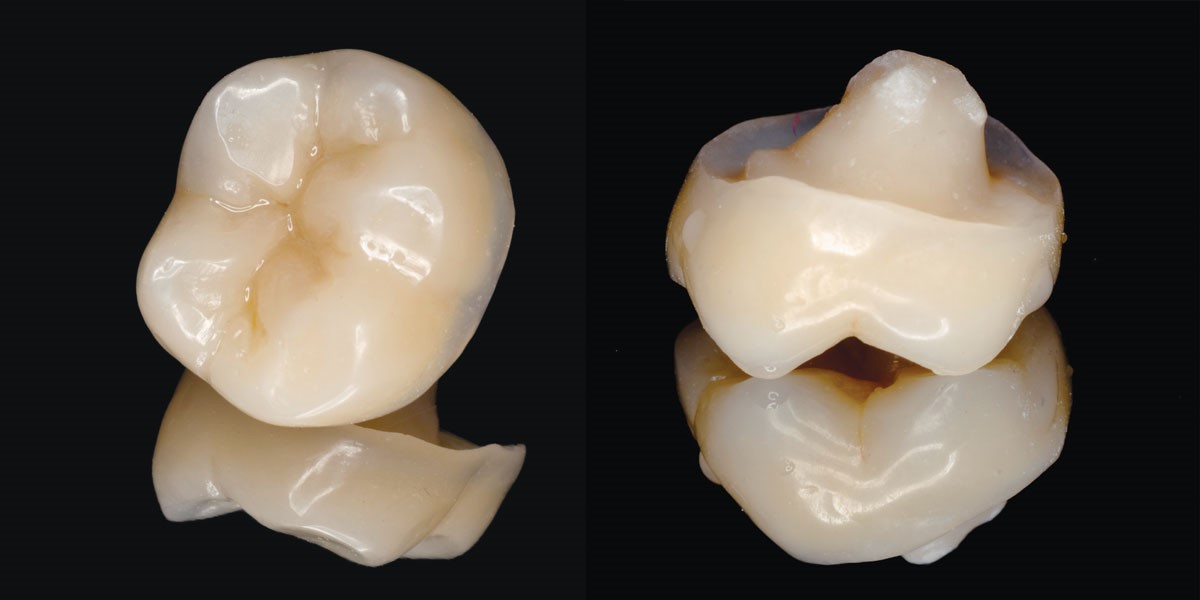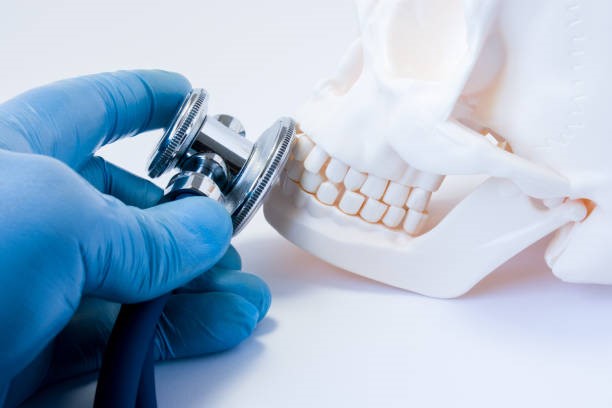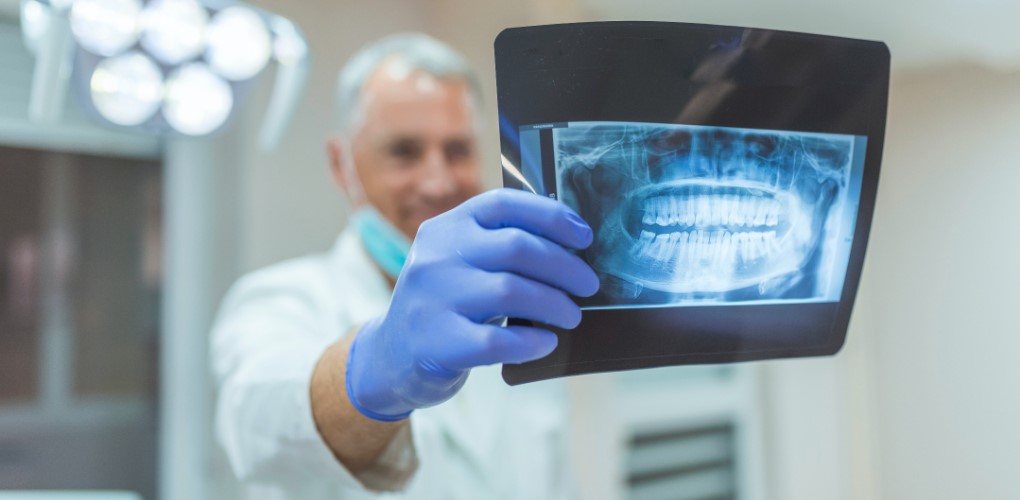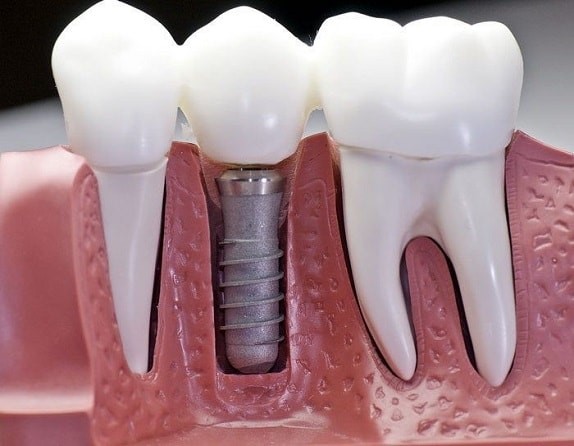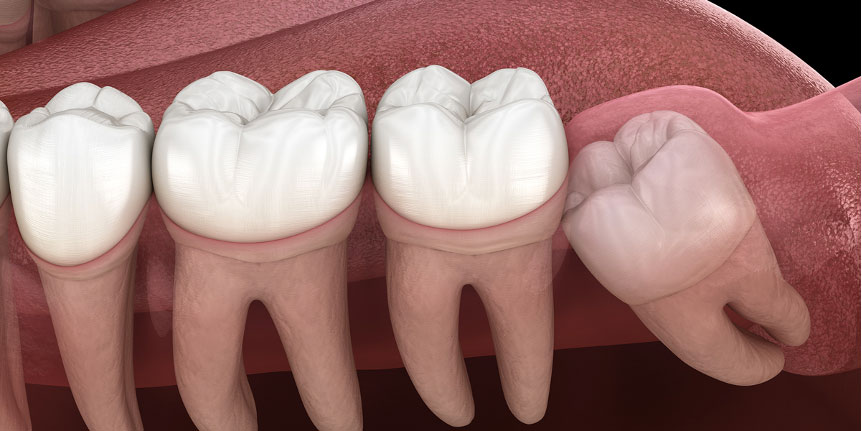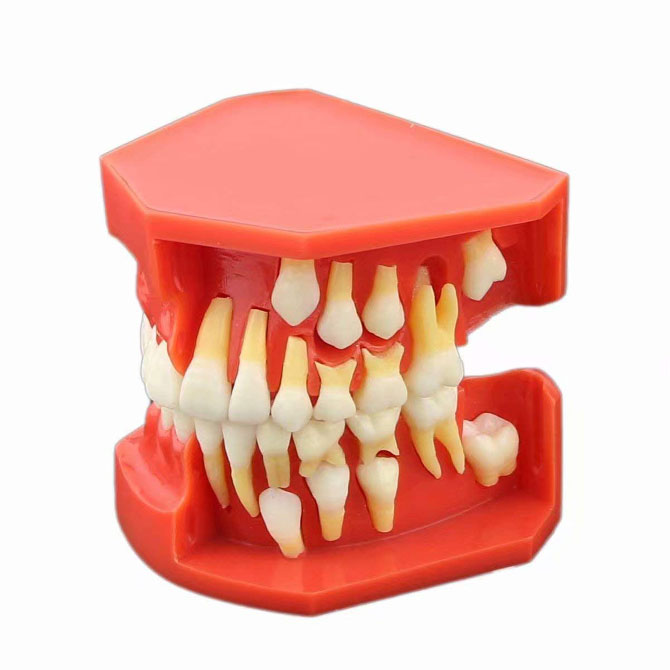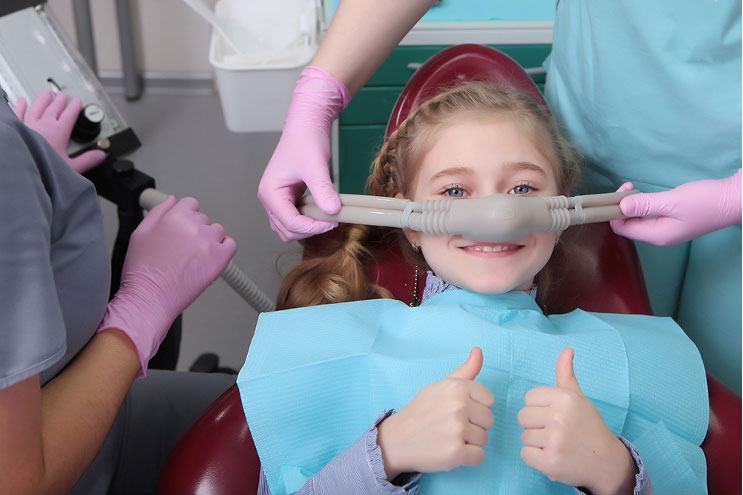Dental Bleaching

Dental Bleaching: Illuminating Smiles through whitening excellence
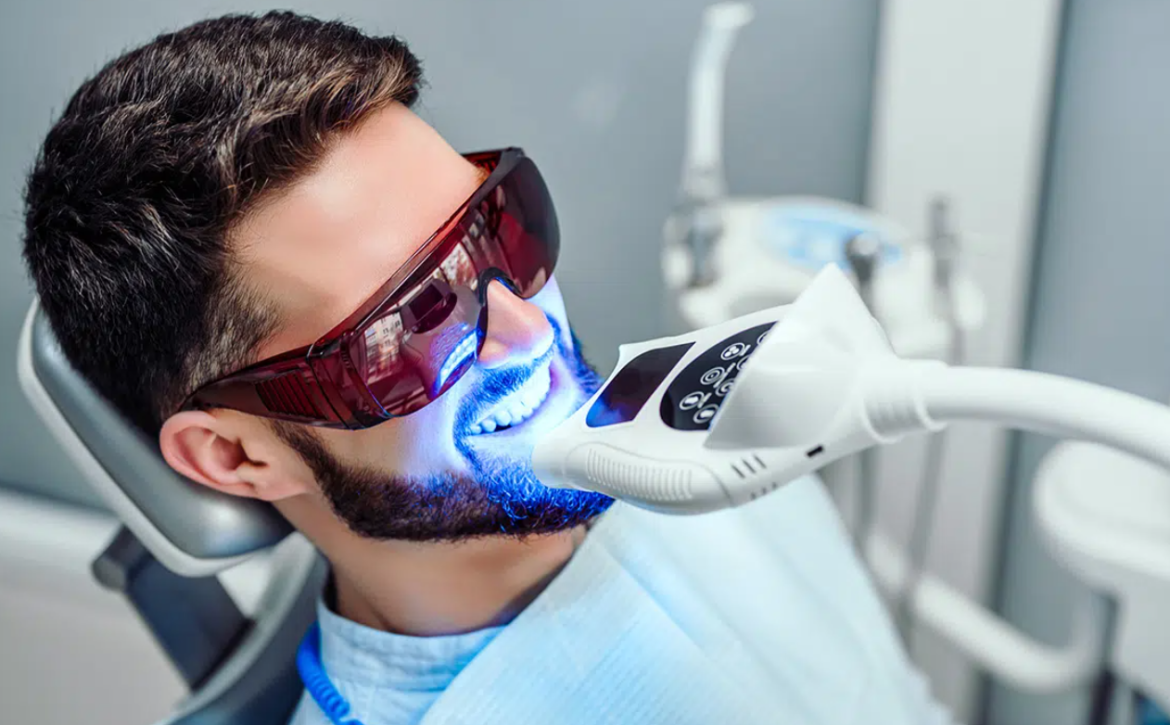
Teeth whitening, often referred to as dental bleaching, stands as a transformative facet of cosmetic dentistry. In this in-depth exploration, we navigate the intricacies of teeth whitening, unraveling the treatment process, suitable candidates, advantages, considerations, and the profound impact of this aesthetic intervention on enhancing smiles and boosting confidence.
Teeth Whitening: An Artful Blend of Aesthetics and Science
Embarking on the Whitening Journey
Teeth whitening is a cosmetic dental procedure designed to lighten the shade of the teeth, resulting in a brighter and more radiant smile. This process is particularly popular among individuals seeking to address tooth discoloration caused by various factors, including age, lifestyle habits, and dietary choices.
the Mechanisms at Play
The science behind teeth whitening primarily involves the use of bleaching agents, commonly hydrogen peroxide or carbamide peroxide. These agents break down into oxygen molecules, which enter the enamel and dentin, reacting with the discolored molecules responsible for staining. This chemical reaction effectively lifts and eliminates stains, revealing a whiter and more vibrant tooth appearance.
Suitable Candidates: Navigating the Landscape of Tooth Discoloration
Common Indicators for Teeth Whitening
1. Extrinsic Stains: Teeth with extrinsic stains caused by external factors like coffee, tea, red wine, or tobacco are often responsive to whitening procedures.
2. Age-Related Discoloration: As individuals age, tooth enamel naturally wears down, revealing the yellowish dentin beneath. Teeth whitening can reverse or mitigate age-related discoloration.
Cautionary Considerations
1. Intrinsic Stains: Teeth with intrinsic stains, often caused by factors like certain medications or developmental conditions, may not respond as effectively to traditional whitening methods.
2. Oral Health Assessment: Candidates must have a healthy oral foundation, free from untreated cavities or gum diseases, before undergoing teeth whitening procedures.
The Whitening Process: Illuminating Smiles with Precision
Professional In-Office Whitening
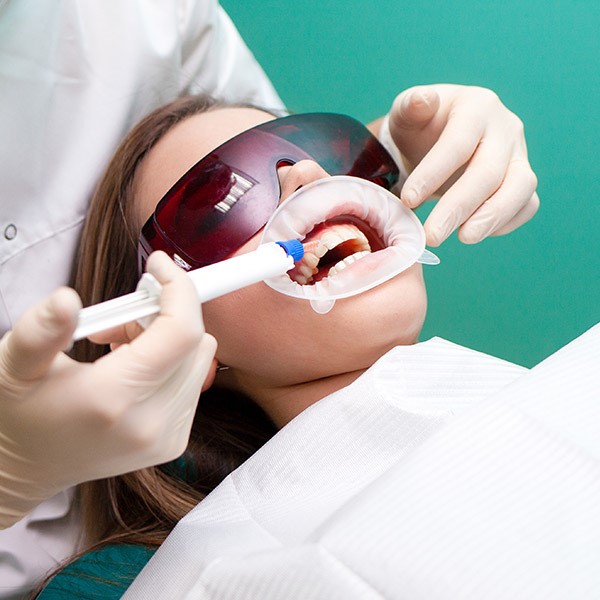
1. Initial Assessment: The process begins with a thorough examination to assess the type and extent of tooth discoloration, ensuring a tailored approach.
2. Isolation of Soft Tissues: To protect the gums and lips, a barrier is applied, isolating soft tissues from the bleaching agent.
3. Application of Whitening Agent: The dentist applies a high-concentration bleaching gel to the teeth, often activated by a special light or laser to enhance the whitening effects.
At-Home Whitening Kits

1. Custom-Fit Trays: At-home whitening kits involve the use of custom-fit trays filled with a lower concentration bleaching gel, allowing patients to whiten their teeth at their own pace.
2. Consistent Usage: Patients are typically instructed to use the at-home kits daily for a specified duration, often a few weeks, to achieve gradual whitening.
Advantages of Teeth Whitening: Radiance Beyond Aesthetics
Enhanced Aesthetics and Confidence
1. Brighter Smile: The most evident advantage is the achievement of a brighter and more aesthetically pleasing smile, contributing to enhanced facial aesthetics.
2. Boost in Confidence: Teeth whitening often goes hand in hand with a boost in confidence, as individuals feel more comfortable and self-assured with a radiant smile.
Non-Invasive Nature
1. Minimal Structural Alteration: Unlike some cosmetic procedures, teeth whitening is non-invasive, preserving the natural structure of the teeth while enhancing their appearance.
2. Quick Results: In-office whitening procedures often yield rapid results, allowing patients to enjoy a noticeably whiter smile in a relatively short timeframe.
Considerations and Limitations: Balancing Expectations with Realities
Temporary Sensitivity

1. Transient Tooth Sensitivity: Some individuals may experience temporary tooth sensitivity during or after the whitening process. This typically subsides once the treatment is complete.
2. Gum Irritation: Improper application or ill-fitting trays may cause irritation to the gums. Professional supervision helps minimize such risks.
Ineffectiveness for Certain Stains
1. Intrinsic Discoloration: Teeth with intrinsic stains, especially those caused by factors within the tooth structure, may not achieve the same level of whitening compared to extrinsic stains.
2. Restorative Limitations: Teeth whitening does not alter the color of restorative materials like crowns or fillings. This can result in visible discrepancies if not considered during treatment planning.
Conclusion: Illuminating Smiles, One Shade at a Time
In conclusion, teeth whitening emerges as a powerful tool in the realm of cosmetic dentistry, illuminating smiles and instilling confidence in individuals seeking a brighter aesthetic. The art and science of dental bleaching, whether performed in-office or with at-home kits, offer a customizable approach to address various forms of tooth discoloration.
The transformative impact of teeth whitening extends beyond aesthetics, influencing the way individuals perceive themselves and interact with the world. As with any cosmetic procedure, an individualized approach, careful assessment of candidacy, and consideration of potential limitations are integral to a successful and satisfying teeth whitening experience.
Teeth whitening stands not only as a cosmetic enhancement but as a testament to the intersection of art and science within the field of dentistry. In the pursuit of radiant smiles, the journey of teeth whitening continues to evolve, promising brighter days and confident smiles for those seeking the glow of dental brilliance.
Sources
- [American Dental Association - Tooth Whitening/Bleaching: Treatment Considerations for Dentists and Their Patients](https://www.ada.org/en/member-center/oral-health-topics/whitening)
